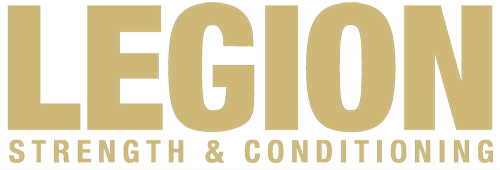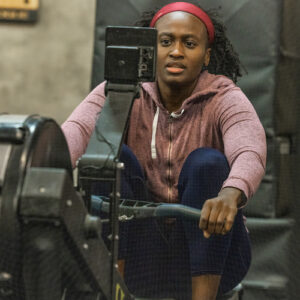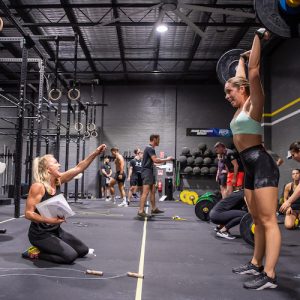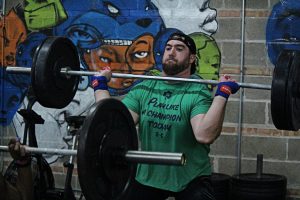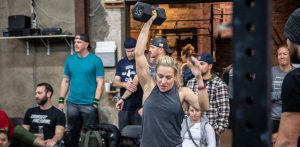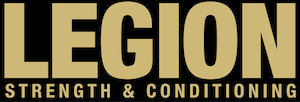Tight shoulders? Difficulty getting overhead for squat snatches and overhead squats? Struggling with handstand push-ups or handstand walking?
The market in fitness wants to sell you a simple solution.
You can’t get overhead because your muscles are “tight.”
What do you do with a tight muscle? You loosen it!
You can stretch it, since muscles are basically just pliable bands that can easily be lengthened.
Except when there’s adhesions — for those you need a $300 mobility tool and regular bodywork with a certified practitioner.
And, of course, don’t forget that Famous Athlete X and, of course, Famous Athlete Y use these solutions!
If you haven’t picked up on it, this is sarcasm. People always want simple solutions to complex problems, and there are plenty of companies willing to provide them.
But, you, dear listeners, come to the Legion Strength & Conditioning podcast for nuanced discussions on difficult topics with lots of grey areas and few, if any, feel good takeaways other than “It’s really hard, most of what people are telling you on social media is wrong, and the way to get better is to do unsexy stuff for a longer time than most people want to commit to.”
In the case of overhead mobility, the “simple solutions” often provide a “good enough” result, so few people are interested in digging in further.
However, for those who do want to learn more, understanding the interplay between ribcage positioning and scapular motor control opens up a whole new world in terms of thinking about overhead positioning.
Check out the full conversation with Jon, Luke, and Todd to learn:
- Why “tight” shoulders usually has more to do with ribcage positioning and scapular motor control than lack of stretching
- Why elite athletes are able to get away with movement quality issues that would sideline many every day folks
- How to make mobility drills actually result in improved performance with heavy lifts and fatigued gymnastics
Listen Here
- iTunes
- Overcast
- Google Podcasts
- mp3
- Or stream here:
- If you’re enjoying the show, why not a leave a review? It makes a difference in terms of other people finding the show.
Show Notes:
- [00:50] People incorporate a lot of movement practices in competitive fitness. What actually works for getting people into the positions necessary for overhead squats, kipping, and handstand walking?
- [03:18] The “simple solution” paradigm — a simple problem statement, an easy “cause and effect” solution, someone famous promoting the solution, and “good enough” results. What should people do who want to dig deeper?
- [14:52] Movement doesn’t just get “fixed” with a quick trick. How should athletes do things that actually translate to long-term improvement in their movement patterns?
- [27:52] The difficulty in bridging the gap from doing mobility drills to actually seeing improvements in your snatch positioning. Improved positioning rarely results in immediate PRs, but it can result in better training results over time.
- [34:32] The difficulty in training movement quality since it’s often not very fun, nor does it have an easily trackable score.
